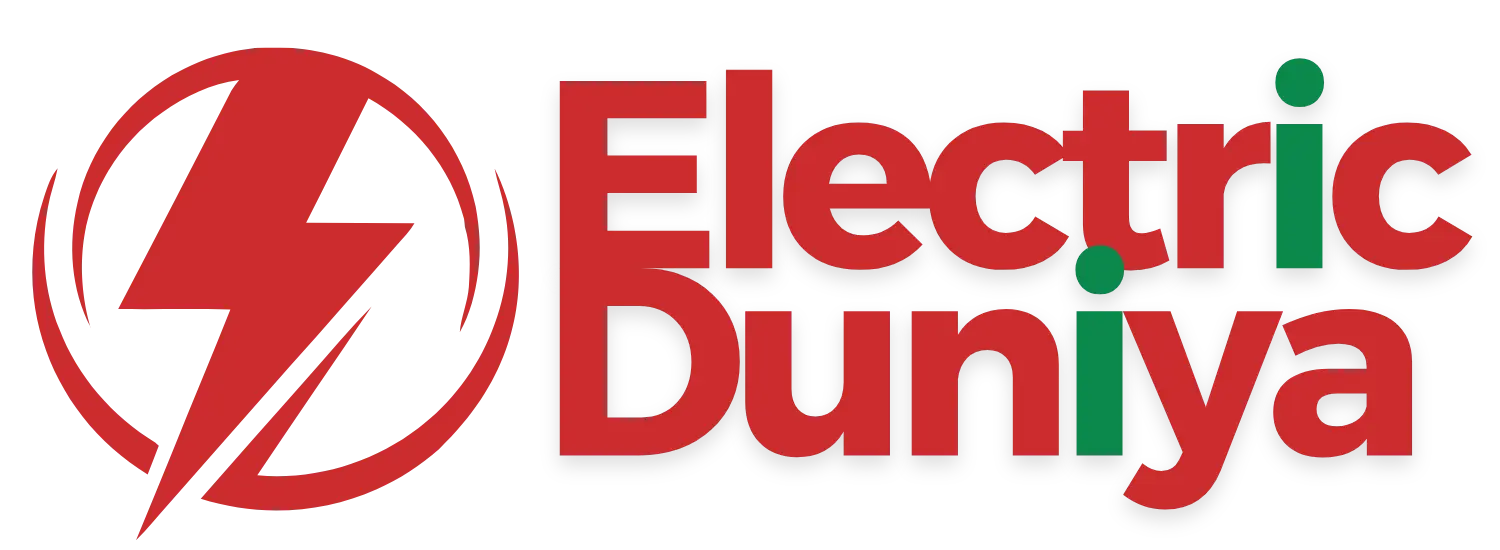Dynamic Regenerative Braking
Dynamic regenerative braking is a braking technique used in electric vehicles (EVs) that converts kinetic energy into electrical energy during deceleration, feeding it back into the battery. This process enhances energy efficiency and reduces reliance on traditional friction brakes.
Overview
Dynamic regenerative braking is a cornerstone of modern electric vehicle (EV) technology. Unlike traditional braking systems that dissipate kinetic energy as heat, regenerative braking systems capture and reuse that energy. In the dynamic version of this system, the braking effort is intelligently modulated based on vehicle speed, battery capacity, and driving conditions. This form of energy recapture not only extends the driving range but also contributes to system longevity and improved vehicle control.
In the EV industry, where energy efficiency is paramount, dynamic regenerative braking plays a pivotal role. It supports the broader push toward sustainable transportation by minimizing energy waste and reducing mechanical brake wear. As electric mobility evolves, this system has become increasingly sophisticated, integrating with advanced driver-assistance systems (ADAS), torque vectoring, and predictive driving analytics.
How Does It Work?
In an EV equipped with dynamic regenerative braking, the electric motor acts as a generator during deceleration. When the driver lifts off the accelerator or applies the brakes, the vehicle’s control system reverses the motor’s function to convert rotational motion into electricity.
What distinguishes dynamic regenerative braking from standard versions is its adaptive response. It dynamically adjusts the braking intensity based on factors such as:
-
Battery State of Charge (SOC): The system modulates how much energy to send back to the battery, avoiding overcharging.
-
Vehicle Speed and Torque Demand: At higher speeds, it maximizes regenerative capture; at lower speeds, it blends regenerative and mechanical braking.
-
Road Conditions and Load: Slope, traction, and vehicle mass are taken into account to maintain optimal deceleration.
This functionality is managed through a complex interaction between the Battery Management System (BMS), the Vehicle Control Unit (VCU), and the electric drivetrain. In some models, drivers can even select regenerative levels manually, offering a semi-one-pedal driving experience.
Features of Dynamic Regenerative Braking
-
Energy Recapture Optimization:
The system is designed to harvest maximum kinetic energy without compromising driving safety. Its dynamic modulation ensures that only the recoverable energy is redirected to the battery, thus avoiding unnecessary thermal or electrical stress.
-
Blended Braking Integration:
Dynamic regenerative systems seamlessly coordinate with mechanical brakes to provide a smooth, uninterrupted deceleration profile. This blending is crucial for emergency stops or when regenerative thresholds are reached.
-
Battery-Safe Operation:
Overcharging can degrade lithium-ion cells. Dynamic systems ensure battery safety by regulating current inflow during regeneration, sometimes even bypassing regeneration entirely if the SOC is too high.
-
Driver-Selectable Modes:
Many EVs offer multiple regenerative braking settings—from light coast-down to aggressive deceleration—allowing drivers to tailor energy recovery to their driving style.
-
Thermal Load Reduction on Mechanical Brakes:
By handling a significant portion of the braking effort, regenerative systems lower heat generation and wear on friction brakes, extending component lifespan and reducing maintenance costs.
Applications in EV
Dynamic regenerative braking finds broad application across the electric vehicle spectrum—from compact city EVs to high-performance electric SUVs and commercial fleets.
-
Urban Driving:
In stop-and-go traffic, regenerative braking contributes significantly to energy conservation, often enabling single-pedal driving and reducing fatigue.
-
Highway Coasting and Deceleration:
During long-distance travel, dynamic modulation maximizes energy recovery during gradual slows, improving range estimates and battery efficiency.
-
Electric Buses and Delivery Vehicles:
Fleet vehicles with high stop frequency benefit immensely from regenerative systems, reducing fuel-equivalent costs and downtime from brake maintenance.
-
Regenerative Braking in Performance EVs:
Brands like Tesla, Porsche, and Rivian fine-tune dynamic regenerative braking for performance and control, integrating it with advanced stability systems for sharper cornering and safer handling.
Conclusion
Dynamic regenerative braking represents a critical innovation in the electric vehicle ecosystem. By intelligently capturing and reusing kinetic energy, it not only boosts overall energy efficiency but also enhances driving control, safety, and system longevity. Its adaptive capabilities position it as a key enabler of future EV advancements—from autonomous driving to ultra-efficient energy management. For EV manufacturers and consumers alike, understanding and optimizing this technology is essential to unlocking the full potential of electric mobility.

